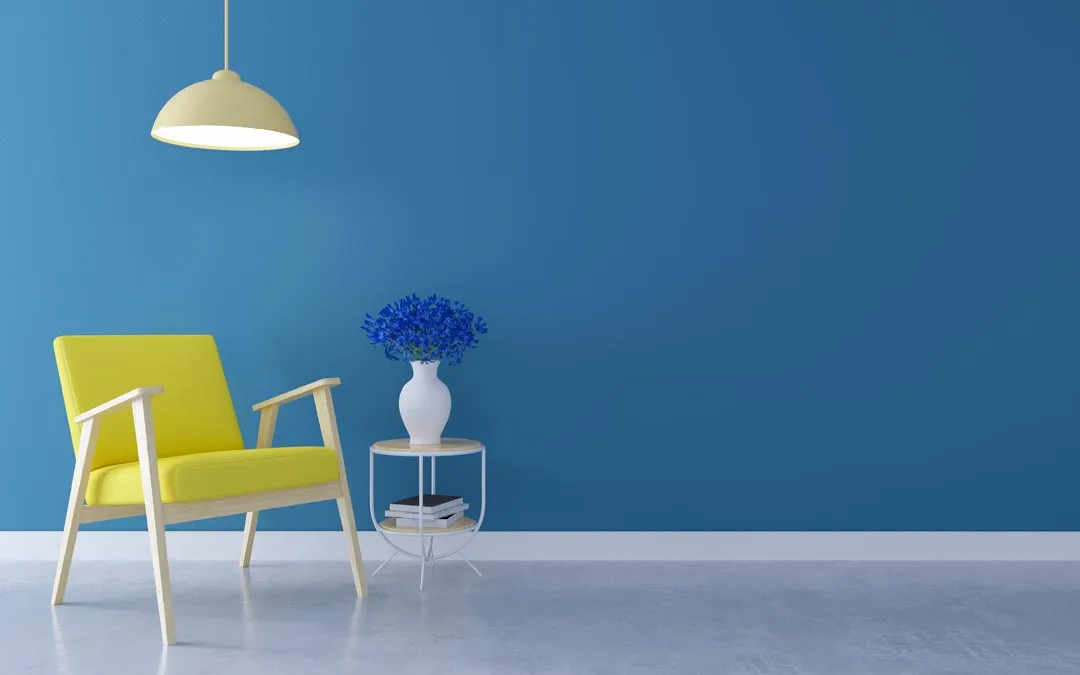Paint is one of the most transformative elements in home design. The right color can invigorate a space, create a soothing sanctuary, or add a touch of elegance. But choosing the perfect paint color can be daunting. This guide is here to help you navigate the spectrum of choices and find the hues that will make your home truly shine.
Understanding Color Basics
Before diving into the rainbow of options, it’s essential to understand some color basics. Color theory may sound intimidating, but it’s pretty straightforward. Start with primary colors (red, blue, yellow), which mix to create secondary colors (green, orange, purple), and then tertiary colors (a blend of primary and secondary hues). Knowing the difference between warm colors (reds, yellows) and cool colors (blues, greens) can also guide your choices, as these can influence the mood of a room.
The color wheel is an invaluable tool. It helps you see how colors relate to each other and can aid in creating harmonious schemes. Remember, colors have psychological impacts too—blues tend to be calming, while yellows are uplifting and energetic.
Assessing Your Space
The same color can look vastly different depending on where it’s applied. Start by evaluating the lighting in your room. Natural light can make colors appear true to their hue, while artificial lighting can alter them significantly. Also, consider the size and architecture of your space. Lighter colors can make a small room feel larger, while darker shades can add coziness to a larger room.
Don’t forget to take stock of your existing furniture and décor. The new wall color should complement what you already have unless you’re planning a complete overhaul.
Identifying Your Style and Preferences
Your home should reflect your personal style. Whether you lean towards modern minimalism, classic traditional, or a bold eclectic mix, your paint choices should enhance that style. Look for inspiration in design magazines, Pinterest boards, or even nature. Creating a mood board can be incredibly helpful. Gather swatches, fabric samples, and photos to visualize how everything will come together.
Testing Paint Colors
Never underestimate the power of a paint sample. Small swatches in the store might not give you the full picture. Buy sample sizes and paint large patches on your walls. Observe these patches at different times of the day to see how natural and artificial light affect the color. This step can save you from disappointment and costly repainting later.
Choosing the Right Finish
The finish of your paint can change the look and feel of your room. Matte finishes offer a sophisticated, modern look but can be harder to clean, making them better suited for low-traffic areas. Satin and eggshell finishes are versatile, providing a slight sheen and being easier to clean, perfect for living rooms and bedrooms. Semi-gloss and gloss finishes are durable and great for trim and high-moisture areas like kitchens and bathrooms.
Harmonizing Colors Throughout Your Home
Creating a cohesive color flow is crucial, especially in open floor plans. This doesn’t mean every room needs to be the same color, but the palette should be harmonious. Use accent colors to create visual interest and tie rooms together. Be mindful to avoid overwhelming combinations—balance is key.
Expert Tips and Tricks
Stay current by incorporating color trends but don’t shy away from timeless classics that won’t quickly go out of style. Personal touches, like a favorite piece of art, can inspire your palette. Avoid common mistakes such as choosing colors that are too bright or dark without considering the lighting and overall aesthetic of your space.
Final Words
Choosing the perfect paint color is a blend of art and science. By understanding color theory, assessing your space, identifying your style, testing samples, and selecting the right finish, you’ll be well on your way to creating a beautifully colored home. Don’t be afraid to experiment and trust your instincts. After all, it’s your space to love and enjoy. We’d love to hear about your color adventures and see the beautiful results!
FAQ’s
Why is testing paint samples important?
Testing paint samples on your walls allows you to see how the color looks in different lighting conditions, helping you avoid surprises and ensuring you make the right choice.
How does lighting affect paint color?
Natural and artificial lighting can significantly alter the appearance of paint colors. Natural light tends to show colors more accurately, while artificial light can change their hue and intensity.
What is the best way to create a cohesive color flow in my home?
To create a cohesive color flow, choose a harmonious palette and use accent colors to tie different rooms together. Balance bold and neutral tones to avoid overwhelming combinations.
Which paint finishes are suitable for high-traffic areas?
Satin and eggshell finishes are ideal for high-traffic areas as they offer a slight sheen, are easy to clean, and provide durability.
How can I incorporate my personal style into my paint choices?
Reflect your personal style by exploring different design styles, using inspiration sources like magazines and online platforms, and creating a mood board to visualize how colors and elements will work together in your space.
